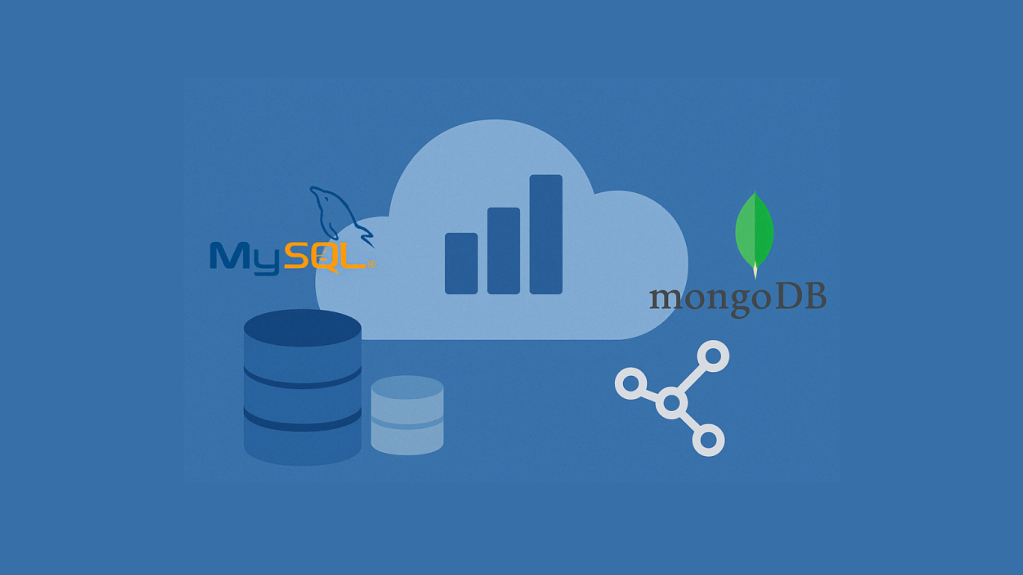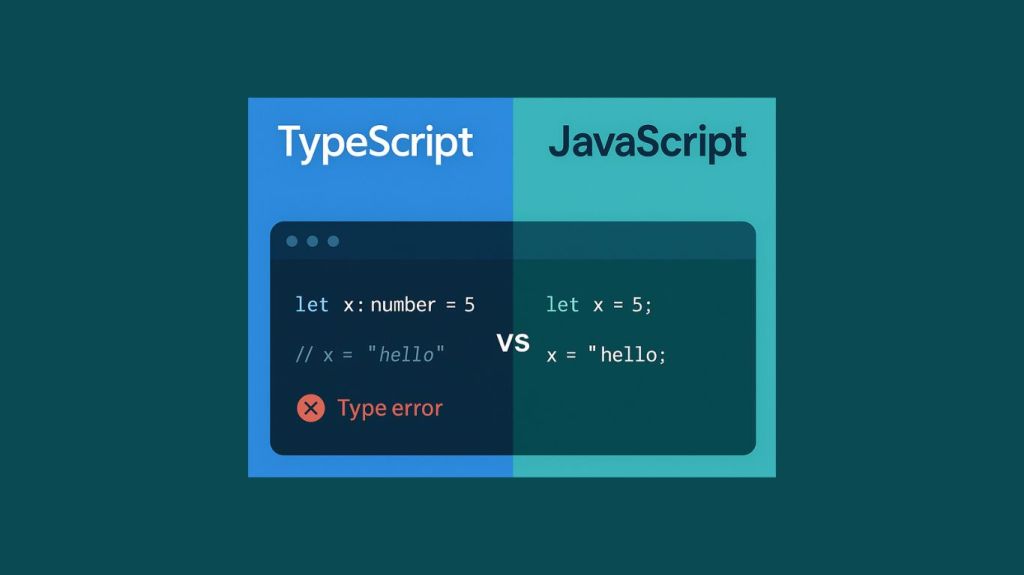Any enterprise can tell you that it takes a lot of business functions and a great deal of data and information to run a modern organization. Gone are the days when one business function needed access to certain data, while the rest dealt with only the information directly related to their silo.
Data across the organization needs to be available so that various lines-of-business have the information they need to make informed decisions that are profitable and positive for the company. At the same time, there are business functions within departments that need to be done.
Enter Enterprise Resource Planning (ERP) systems. These systems provide a host of business functions across critical areas of the organization, while also helping to inform and keep consistent information across the entire enterprise.
So, what is an ERP? And what value can it bring to your organization?
Enterprise Resource Planning – the ERP
An ERP is typically two things for organizations – it’s a software platform that lets various parts of the company complete tasks related to their job, and it’s an information repository of data for the business.
In days gone by, departments in an organization would have their own software, processes, and data stores for the information important to their business function. The problem with this is that organizational information is rarely used by only one part of the business.
This data either needed to be transferred between different information stores – leading to out of date data at least for some period of time, various software products needed to be retrofitted to speak to the same database (if that was even possible), or different areas of the business would maintain their own copies of data, keeping the enterprise from having a complete view of the business and leading to poor decision making.
An ERP, on the other hand, is like the brain of an organization. The data needed across departments is centralized in a single information store, giving various business functions a common window pane into consistent, accurate, and timely data.
The “limbs”, if you will, of the organization – the various departments – the use software that is either part of the ERP, specifically built to work with the ERP, or integrated with the information store.
As an enterprise application package, ERPs can be customizable to some degree and includes software that is common and critical for most organizations. These business functions can include corporate finance, human resources, supply chain management, manufacturing, product planning, sales and marketing, warehouse management, and e-commerce.
The Value of an ERP
We’ve stated a few of the benefits above, but let’s elaborate.
First, because an ERP provides a single source of business information, people across an organization are viewing, working on, and updating from a single set of data. This prevents the need for data to be transferred from one part of the organization to another, keeping everyone on the same page at the same time.
Let’s take an example. Let’s imagine an organization that uses separate data stores for sales and marketing, payroll, warehouse management, and finance. Let’s further imagine – to really drive the point home – that each of these departments shares data with the others in various ways, either through nightly batch processes or manual re-entry into multiple systems.
Now, if a sales representative makes a sale in this situation, he first updates his CRM software to record the sale. He then enters the order into the billing systems, so that the customer can be billed, and also into the order system so that the warehouse can fulfill the order. These multiple entry points increase the odds that the sales person enters something incorrectly into at least one of the systems. In addition, the representative is on the road, so he must wait to enter all of this until he’s back in the office the next day.
Once finance receives the bill, they wait for the warehouse to let them know it’s shipped before billing the customer. At the same time, the warehouse has already pulled the order to ship, but because the data is only entered from the sales application as a batch process once a day, they are beginning to fulfill the order two days after the order was placed. The shipper picks up the package the next day, and the order is reported as shipped in the warehouse management system.
But, as you can guess, with no shared data between the warehouse and finance, the notification of shipment takes another day before notification to bill is received. We’re at nearly 5 days before shipment is recorded and the item billed to the client.
Complicating matters additionally, at least for the sales rep, is that finance only updates payroll with completed sales once a month. If the notification of the shipment arrives immediately after sales have been recorded with payroll, the rep may be waiting an additional 30 days to see his commission check.
This may seem like a contrived example, but it’s also a very real one for many companies.
With an ERP, all of these various systems are pointing to the same information. The sale rep enters the sale once, not in multiple systems, reducing the potential for error. Both the warehouse and finance see the transaction as soon as it’s entered, and the shipping notice goes back into the same data store. No significant delays in shipping or billing notification. And because payroll has direct access to sales numbers, the sale rep receives his commission in a timely manner.
ERPs certainly have drawbacks. There are business functions that may not be served and require 3rd party software that, ideally, would be integrated into the ERP to maintain the benefits to the business. But for organizations looking to increase efficiency, visibility, accuracy, and data analysis, and ERP can significantly lighten the load for the various business functions across an enterprise.









